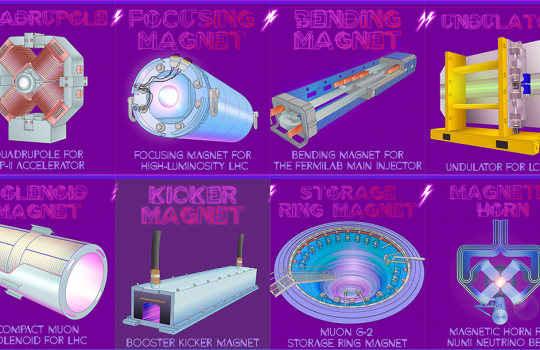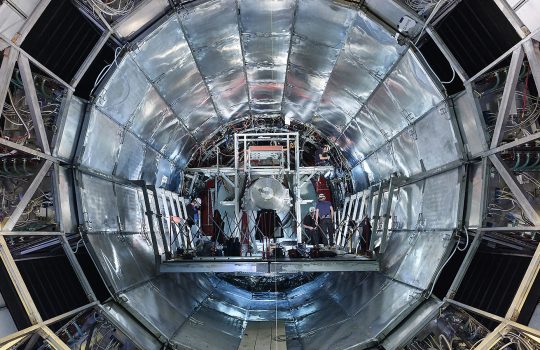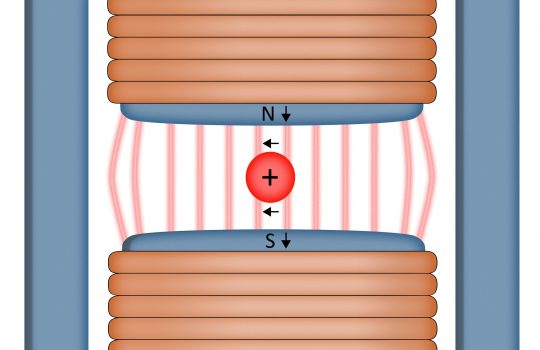Astronomers announce 100 new minor planets beyond Neptune
From EarthSky, March 29, 2020: Astronomers analyzed data from the Dark Energy Survey, led by Fermilab, to find over 100 new little worlds in the cold outer reaches of our solar system. These trans-Neptunian objects orbit in the cold outer reaches of our solar system, out beyond Neptune, taking hundreds of years to orbit the sun once.




